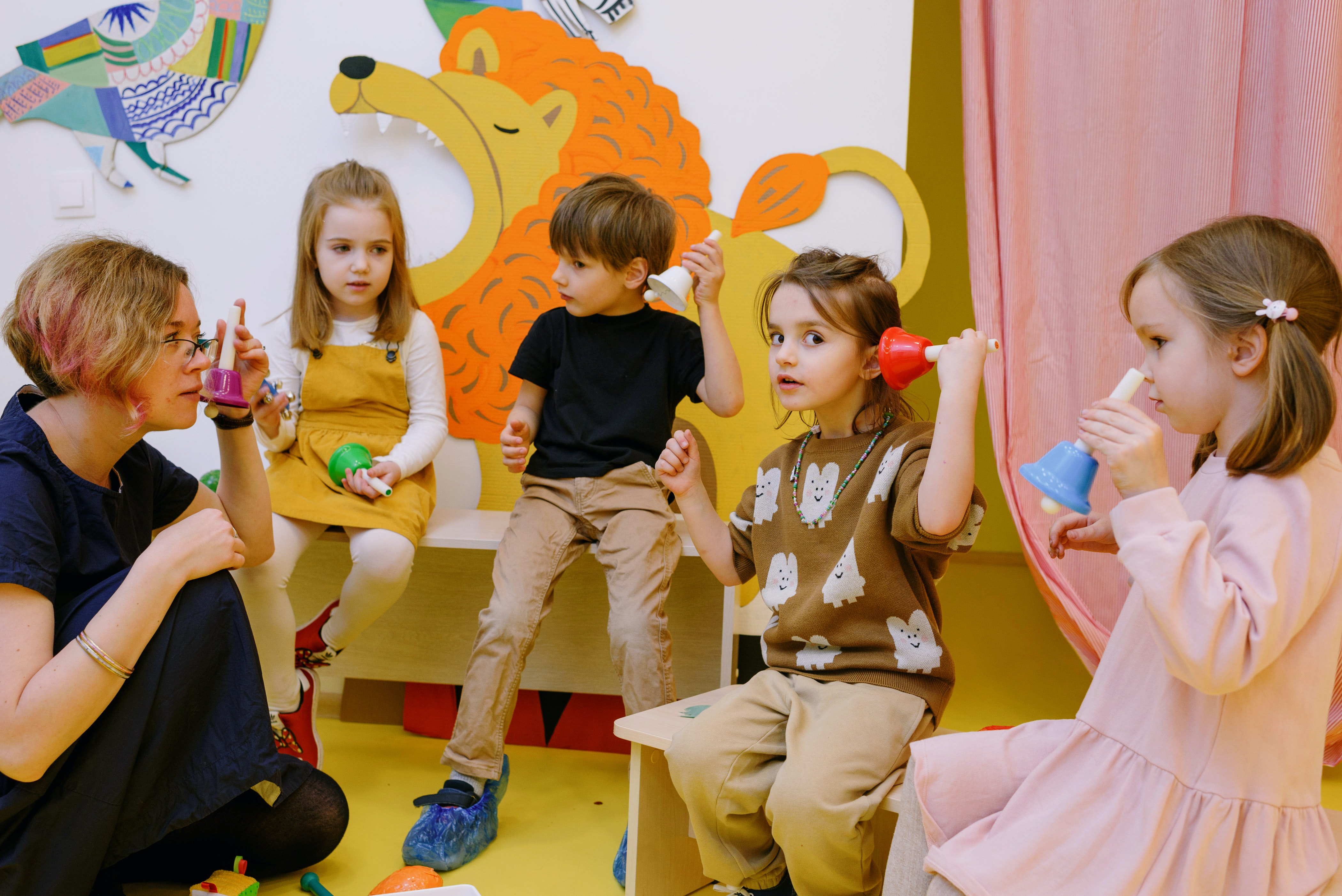

Using the Sensory Learning Kit in a Learning Media Assessment
Sensory learning is designed to help children process the information they receive from their sensory stimuli. Engaging and supporting children by stimulating them in different ways can help support their learning and development.
Sensory learning is a method of instruction that seeks to respond to basic human needs as identified by early childhood educators. It is a more natural and experiential way of learning that relies on sensory inputs, such as sight, sound, taste, touch, and smell.
Though sensory learning is beneficial for all children, it can especially benefit children with special needs by greatly enhancing the learning environment. Several studies display results to this effect.
What Are Learning Media Assessment And Sensory Learning Kits
Adopting a multisensory approach can enable success for every child, as it is accessible for teaching and learning to meet children's desperate needs. In order to develop the right activities and teaching methods, it is crucial to understand how children access sensory information. And that requires assessment of student learning.
Learning Media Assessment (LMA) makes it possible. With LMA, you can get insights into a child’s preferences in sensory learning. Even with children who are in the early stages of learning and communication or those who are just beginning to acquaint themselves with the environment, Learning Media Assessment provides a way to understand them better.
Learning Media Assessment can perhaps best describe the assessment of the learning mode of students who are non-readers or pre-readers. Sensory assessments help assess an individual’s learning styles through the five senses of sight, sound, smell, taste, and touch.
A sensory assessment kit is very helpful in identifying whether and what kind of help a child needs with their learning. These assessments can be conducted in a variety of ways depending on an individual’s preferences: through the five senses of sight, sound, smell, taste, and touch.
Further, a sensory assessment kit can be typically designed to help people understand the way in which they process sensory information. The assessments are designed to assess different sensory domains across five sensory systems: auditory, visual, tactile, proprioception (sensation of position in the body), and interoception (awareness of internal bodily sensations).
The kit provides sensory preferences to help understand an individual’s stimulus preferences. Based on this information, a developmental plan is made to take a child to the next step in their development.
Why Use a Sensory Learning Kit
In order to systematically identify the most-loved form of learning for students and actively engage them in their own learning, educators can use a Sensory Learning Kit (SLK). It is designed in a way that evokes curiosity in learners of all kinds, including those with special needs. Check here
A Sensory Learning Kit enables sensory-based learning with a wide range of materials, packages them together in one kit, and includes instructions on how to use the materials in a number of different ways. It is filled with useful items for sensory learning, including written materials to create daily schedules, a set of sensory items, lesson plans, and alternative assessments for play or functional routines.
They can enable either parents or educators to create an immersive and engaging learning environment for children using sensory techniques that do not require any specialized equipment or modifications to the children’s immediate surroundings.
Some Sensory Learning Kits contain guides, along with a collection of objects useful to conduct an assessment and also engage students in their learning. For students who are at the sensorimotor level of cognitive development, the SLK can be used as a learning media assessment tool.
Assessment of student learning is a crucial factor in creating sensory learning experiences for children, with an awareness of their learning preferences. Developing multisensory lessons that benefit all children, especially those who struggle with learning difficulties, is made possible with the help of sensory assessment.
Some examples of opportunities to use this kit include providing or expanding foundational understanding of everyday materials such as paper, glue sticks, and scissors; studying art without painting and drawing; conducting experiments without lab animals or scientific tools; investigating mechanisms such as motion, sound and thermal conductivity with inexpensive technical supplies.
A sensory bag is another interesting component of a sensory learning kit. It is a simple cloth bag that they can fill with materials that correspond to what they want to learn about. The bags are then used to explore and experiment in any number of ways, as children determine and explore their own methods.
